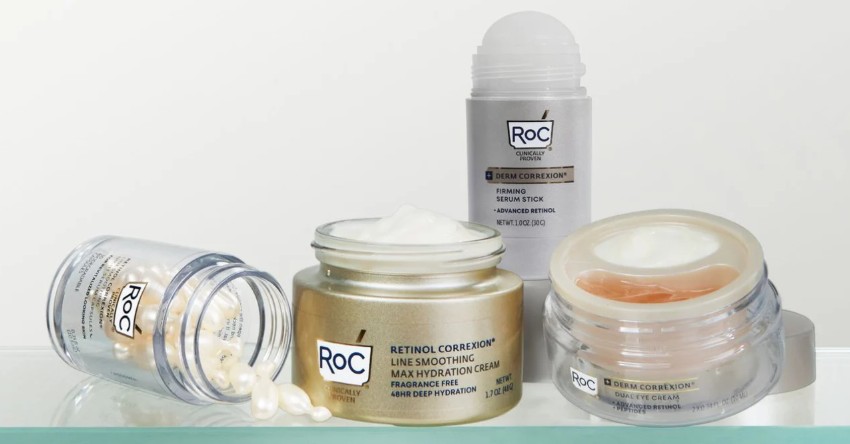A comprehensive report from IBISWorld, an independent source of industry and market research, takes a deep dive into the world of daily deals in 2013 and beyond. One of the key findings is that Groupon claims about $6 of every $10 in industry revenue.
Industry Overview
According to IBISWorld’s report, “Daily Deals Sites in the US,” the daily-deals industry “includes operators that offer discounts on goods and services for a given time only (typically 24 to 36 hours).”
In 2013, the industry is expected to rake in $3.3 billion in revenue, up 15.2 percent from last year. However, the 623 daily-deals businesses in the U.S. will finish the year with a $596 million loss.
Next year, the industry is expected to generate $3.4 billion in revenue, up 3.5 percent from this year’s mark. However, the number of daily-deals businesses is expected to decline to 605. By 2018, IBISWorld forecasts the industry to take in $4.0 billion in revenue and comprise 565 businesses.
From 2013 to 2018, the daily-deals industry is expected to see annual revenue growth of 4.0 percent. Three years ago, the industry saw year-over-year revenue grow 2,180 percent.
Groupon vs. LivingSocial (vs. Everyone Else)
According to the report, Groupon claims 59.1 percent of the daily-deals market, while LivingSocial has 16.6 percent of the market.
IBISWorld estimates that LivingSocial’s revenue grew at an average annual rate of 274.3 percent from 2009 to 2013. The research firm also expects No. 2 daily-deals company to continue its rapid growth and pick up significant market share in the U.S. in the next five years, thanks in part to the backing of Amazon and large venture capital investors.
Besides Groupon and LivingSocial, IBISWorld cites Google Offers, Woot, Eversave, BuyWithMe, Gilt City, Kgbdeals, Tippr and HomeRun to be other notable competitors in the industry.
Popular Products and Services
Health and beauty (e.g., hair and nail salon, fitness classes, diet and nutrition services) deals account for 54.0 percent of industry revenue this year, followed by restaurants with 23.0 percent and products with 6.0 percent. Other service deals (e.g., car maintenance, photography, adventure activities, travel) account for the remaining 17.0 percent of industry revenue.
Key Age Groups
According to IBISWorld, consumers ages 18-34 account for 36.0 percent of daily-deals revenue this year, followed by consumers ages 35-44 with 22.0 percent, consumers ages 45-54 with 19.0 percent, consumers ages 55+ with 15 percent, and consumers ages 17 and younger with 8.0 percent.
Growth
The report also notes that the daily-deals industry is still in the growth phase of its lifecycle, which may seem to fly in the face of headlines, survey findings and general sentiment. IBISWorld estimates that in the 10 years to 2018, the industry’s contribution to the overall U.S. economy (measured by industry value added) will increase at an annualized rate of 78.7 percent, compared with annualized GDP growth of 2.1 percent over the same span of time.
 This strong growth has been fueled by the recession, which inflamed the appetites of struggling consumers for deals.
This strong growth has been fueled by the recession, which inflamed the appetites of struggling consumers for deals.
“Nevertheless, the industry’s growth is expected to slow considerably during the five years to 2018, as per capita disposable income rises and purchasing patterns become more normalized,” IBISWorld notes.
The Future
Groupon spent about $8 to sign up a new subscriber in early 2010; this number jumped to more than $23 by the third quarter of 2011. “Industry operators will soon reach a point where the cost of acquiring new subscribers outweighs the benefits of having a larger book of potential customers,” says IBISWorld. “As such, daily deal websites are expected to reduce marketing expenses dramatically over the next five years to focus on profit margins.”
These cost-cutting measures are expected to give the industry a 3.0 percent profit in 2018; in 2013, the industry is expected to finish with a “profit margin” of -18.0 percent.
However, one area that daily-deals companies are expected to spend more on is privacy and security measures, in light of high-profile attacks on companies like Zappos and Sony’s PlayStation Network.
Another area of increased investment will be the development of mobile applications, according to IBISWorld. This increased focus on mobile and the rise in the number of mobile Internet connections will give mobile-friendly products like Groupon Now a more prominent share of daily-deals companies’ revenue pies.


 Network
Network

